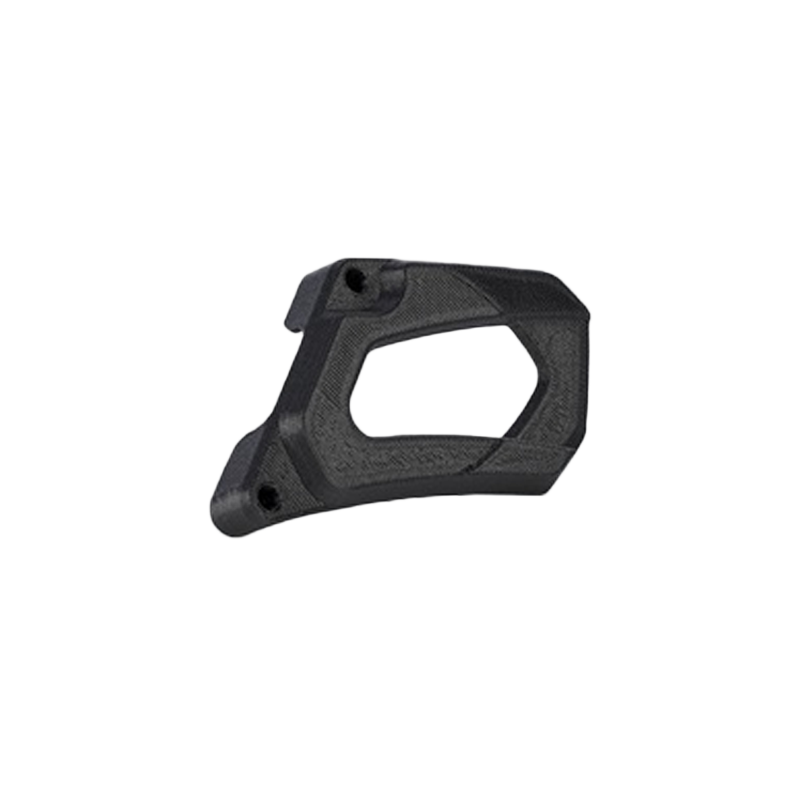Compare 3D Printing Materials
Explore and compare 3D printing materials to find the best fit for your project. From durable plastics to flexible resins, our guide highlights key properties like strength, flexibility, and surface finish, helping you choose the right material for prototyping, production, or custom parts.
PETG
Process: FDM
Durability, Strength
PETG (Polyethylene Terephthalate Glycol) is a 3D printing material that combines strength and toughness, offering the advantages of PLA’s ease of printing and ABS’s durability. It has excellent impact resistance and chemical stability, along with good transparency and a smooth surface finish. PETG has high-temperature resistance, making it ideal for producing functional parts, mechanical components, and durable prototypes. During printing, it experiences minimal shrinkage and warping, making it a reliable choice for home, education, and industrial applications.
PLA
Process: FDM
Durability, Biodegradable, RichColors, Economical
PLA is a high-quality, high-performance, and cost-effective 3D printing material, offering excellent layer adhesion and impact resistance, resulting in durable and long-lasting prints. The base series comes in up to 30 colors, ensuring uniform color consistency and stable printing quality. PLA is made from renewable plant-based resources, eco-friendly, non-toxic, and biodegradable. It is reliable, easy to use, and provides high cost-performance with a wide range of colors, making it an ideal choice for home, education, and industrial printing.
Stainless Steel 316L
Process: SLM
Durability, Corrosion Resistance, Strength
Stainless steel 316L offers excellent corrosion resistance and high-temperature performance. It combines good mechanical strength and toughness, making it a reliable material for manufacturing acid- and corrosion-resistant components. Thanks to its outstanding corrosion resistance and its suitability as a medical- and food-grade material, it is widely used in aerospace, prototypes, tooling, and medical applications. Finished parts are typically shot-peened for surface treatment. If you require any other post-processing, please inform our customer service clearly.
Disadvantages: Poor heat resistance (maximum 120°C); surface roughness around Ra10, with slight pits and visible layer texture.




